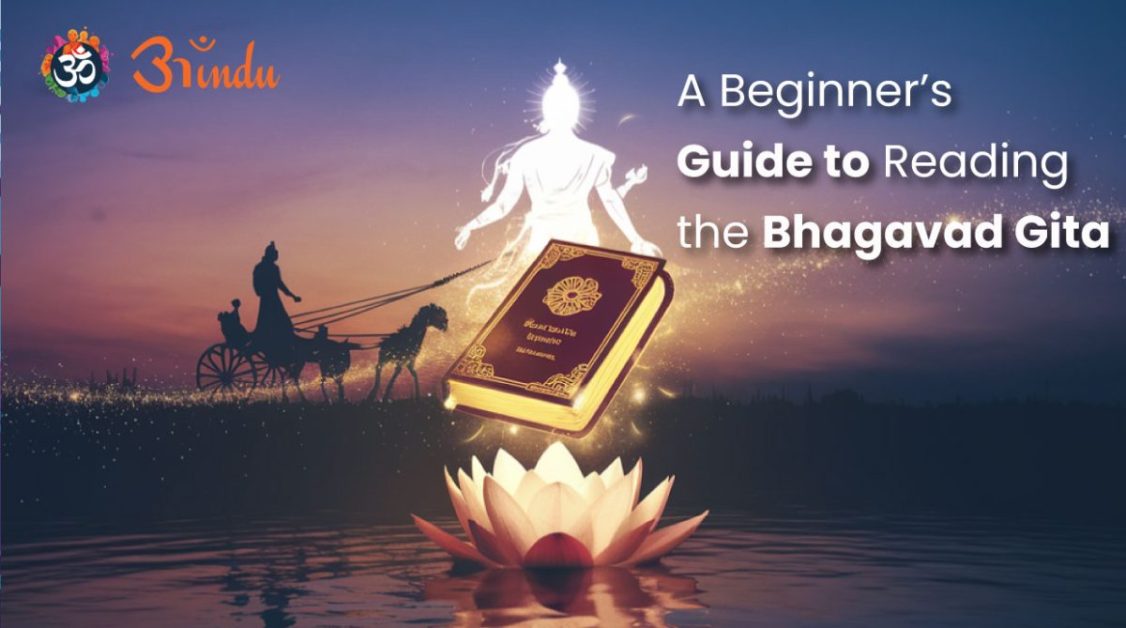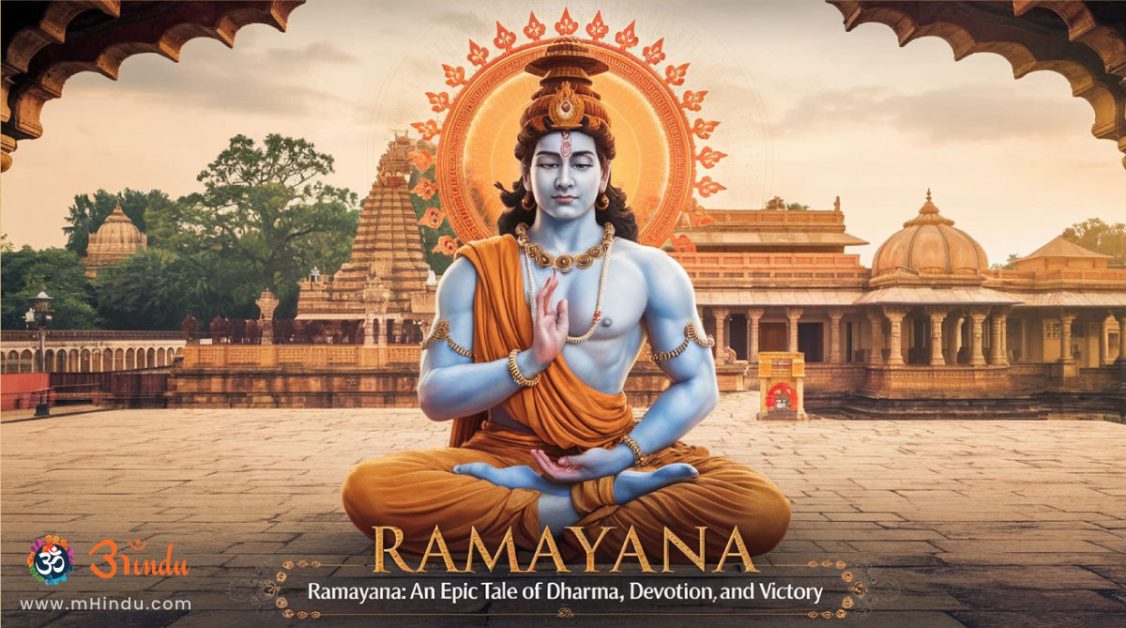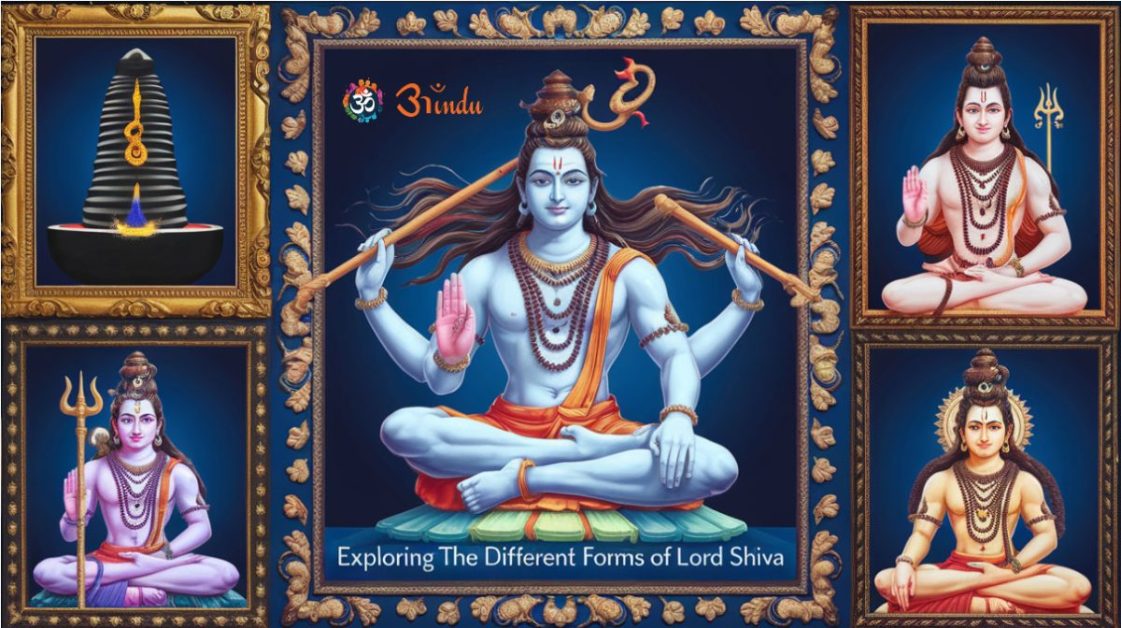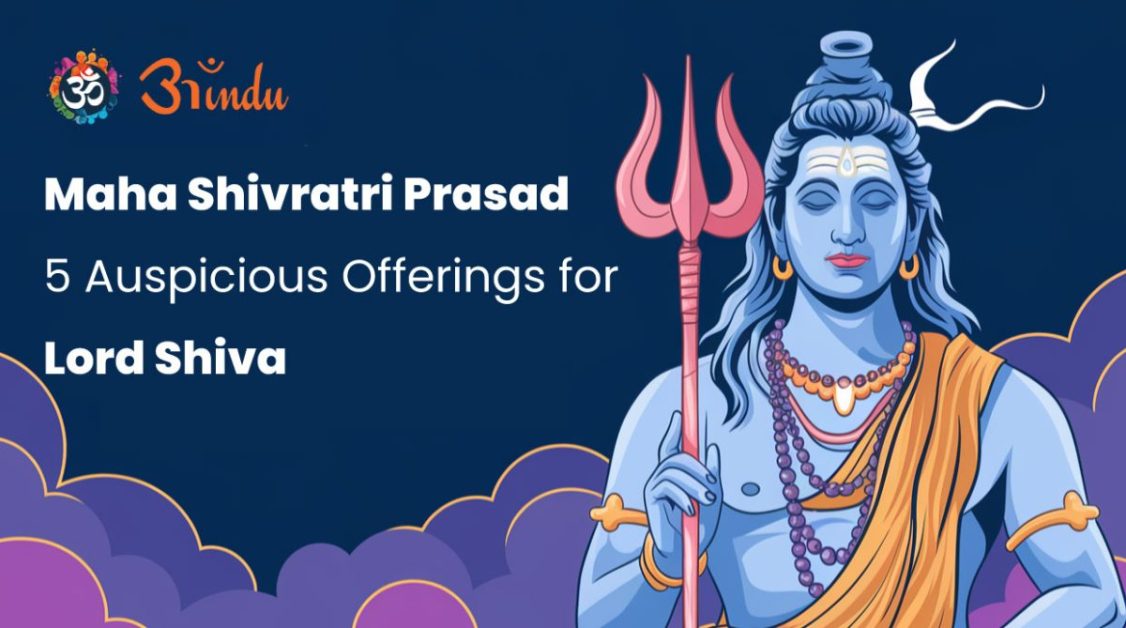
In the heartland of India, where ancient epics still breathe life into the cultural ethos, the Ramayana stands as a towering monument of wisdom and ethical guidance. For followers of Sanatan Dharma, it is more than just a timeless narrative; it is a profound wellspring of Ramayana teachings, illuminating the path towards righteous living and spiritual understanding. Picture generations gathered around, the melodic cadence of the verses painting vivid images of a noble prince, his unwavering consort, and the trials they faced with unparalleled fortitude. These stories are not mere relics of the past; they are vibrant lessons echoing through the corridors of time, offering profound insights into the core values that underpin Sanatan Dharma.
Explore Blog Content
ToggleAs we navigate the complexities of the modern age, grappling with moral ambiguities and seeking a steadfast compass for our lives, the Ramayana teachings offer an anchor of truth and integrity. They delve into the very essence of dharma, the sacred duty that guides our actions; the unwavering power of satya, the principle of truthfulness in thought and deed; the boundless embrace of karuna, the virtue of compassion for all beings; and the unbreakable bonds of bhakti, the path of devotion that connects us to the divine. This blog embarks on a deep dive into these fundamental principles, exploring how the Ramayana teachings continue to shape the spiritual and ethical landscape for those who follow the tenets of Sanatan Dharma. By understanding the profound wisdom embedded within this epic, we can not only enrich our spiritual journey but also cultivate lives grounded in timeless values and unwavering faith. Join us as we unravel the layers of this sacred text, discovering the enduring relevance of the Ramayana teachings for the modern Hindu. The very bedrock of Sanatan Dharma principles Ramayana elucidates finds its most compelling expression in the life and teachings of Lord Rama.
What are the fundamental tenets of dharma as vividly portrayed in the Ramayana?
The very tapestry of the Ramayana is woven with the threads of dharma, that intricate concept encompassing righteousness, duty, and the natural order of the universe. The life of Lord Rama himself is the most compelling exposition of these tenets. His unwavering adherence to his father’s vow, even at the cost of his crown, sets an unparalleled standard for filial duty and truthfulness. This foundational principle of honoring one’s obligations, irrespective of personal cost, is a cornerstone of Sanatan Dharma principles Ramayana eloquently illustrates. The Lord Rama values are inextricably linked to his profound understanding and unwavering practice of dharma.
Consider the poignant episode where Kaikeyi, influenced by the manipulative Manthara, demands Rama’s exile. Despite the palpable injustice, Rama accepts his fate with serene composure, prioritizing his father’s honor above his own deepest aspirations. This singular act underscores the profound importance of upholding one’s word and respecting the sanctity of familial bonds, a teaching deeply ingrained in Hindu culture. How can we, in our contemporary lives, translate this unwavering commitment to dharma into our own actions, especially when faced with morally ambiguous choices? The Ramayana teachings compel us to introspect on our responsibilities towards our families, our communities, and our own spiritual growth, urging us to act with unwavering integrity and righteousness in all our endeavors, embodying the timeless Lord Rama values.
Why does the Ramayana consistently emphasize the paramount importance of truthfulness (Satya)?
The fourteen years Rama spent in forest exile serve as a powerful testament to the enduring power and far-reaching consequences of satya, the unwavering principle of truthfulness. His steadfast adherence to his father’s solemn decree, even when it meant relinquishing his rightful claim to the throne, underscores the supreme importance of truth within the framework of Sanatan Dharma principles Ramayana so powerfully articulates. This pivotal narrative teaches us that truthfulness transcends mere abstinence from falsehoods; it encompasses living with profound authenticity and unwavering integrity in every facet of our interactions. The ethics in Ramayana are deeply rooted in this unshakeable commitment to truth.
In a modern world often swayed by expediency and the deceptive allure of falsehood, the Ramayana stands as a timeless reminder of the inherent strength of satya. Rama’s unyielding commitment to his word, despite the immense hardships it entailed, ultimately paved the way for his triumphant return and the establishment of a righteous kingdom. How can we actively cultivate this profound commitment to truth in our daily lives? By practicing unwavering honesty in our dealings, ensuring transparency in our communication, and steadfastly upholding our principles even when it presents significant challenges, we honor the enduring Ramayana teachings and contribute to the creation of a more ethical and harmonious society, reflecting the fundamental Lord Rama values.
What profound lessons on extending compassion (Karuna) to all beings are embedded within the Ramayana?
Throughout his arduous forest exile, Rama’s interactions with a diverse spectrum of forest dwellers, from the humble Shabari to the steadfast Guha, beautifully illustrate the profound significance of karuna, the boundless virtue of compassion extended to all living beings. He treated each individual with genuine respect and profound kindness, transcending the artificial barriers of social hierarchy or perceived differences. This embodies a core tenet of Sanatan Dharma principles Ramayana so eloquently portrays: recognizing the inherent divinity within every creature and extending unwavering compassion towards them. The ethics in Ramayana are vividly brought to life through Rama’s compassionate encounters.
Rama’s gracious acceptance of Shabari’s simple, heartfelt offering, despite her marginalized social standing, and his genuine camaraderie with Guha, a leader of a tribal community, underscore his inclusive nature and his remarkable ability to perceive beyond superficial distinctions. These poignant interactions teach us to actively cultivate karuna, to deeply understand and share in the feelings of others, and to treat every individual with inherent dignity and profound respect. How can we actively embody this spirit of compassion in our own lives? By cultivating a keen awareness of the needs of others, extending tangible help to those in distress, and fostering a genuine spirit of inclusivity within our communities, we actively live in accordance with the noble example set forth by Lord Rama, embodying the deeply cherished Lord Rama values.
How does the Ramayana underscore the vital importance of unwavering loyalty within familial relationships?
The profound and unwavering loyalty that binds Rama and his devoted brother Lakshmana serves as a powerful testament to the paramount significance of brotherhood and selfless service within the framework of Sanatan Dharma principles Ramayana so powerfully illustrates. Lakshmana’s steadfast devotion to Rama, accompanying him through the trials of his exile and serving him with unwavering dedication, exemplifies the ideal of a supportive and deeply loving familial relationship. The ethics in Ramayana underscore the profound importance of loyalty within familial bonds.
Lakshmana’s profound willingness to endure immense hardship and willingly forgo personal comforts entirely for the sake of his beloved brother underscores the immeasurable value of selfless service and unwavering support within both families and wider communities. This sacred bond teaches us the enduring value of standing resolutely by our loved ones during times of adversity, offering unwavering support, and prioritizing the well-being of those we hold dear. How can we actively strengthen the bonds of loyalty and brotherhood in our own lives? By consciously nurturing our relationships with profound love, genuine respect, and an unwavering willingness to support one another through both triumphs and tribulations, we actively honor the enduring spirit of Rama and Lakshmana’s sacred connection, reflecting the deeply cherished Lord Rama values.
What profound insights into the sanctity of marital commitment are revealed through the story of Rama and Sita?
The revered relationship between Rama and Sita stands as the very epitome of marital fidelity and unwavering devotion within Hindu culture, a cornerstone of Sanatan Dharma principles Ramayana so beautifully enshrines. Sita’s unshakeable loyalty to Rama, enduring unimaginable hardship and abduction with unwavering faith, and Rama’s relentless and righteous efforts to rescue her underscore the profound sanctity and unwavering commitment inherent in the institution of marriage. The ethics in Ramayana place an exceptionally high value on the sacred principle of marital fidelity.
Their timeless story teaches us the profound importance of mutual respect, unwavering loyalty, and enduring love as the very bedrock of a marital bond. Sita’s remarkable strength and unwavering resilience in the face of unimaginable adversity, coupled with Rama’s unwavering determination and profound righteousness in his arduous quest to reunite with her, serve as an enduring source of inspiration for countless couples navigating the inevitable complexities of married life. How can we actively cultivate such profound fidelity and unwavering devotion in our own relationships? By consciously prioritizing trust, fostering open and honest communication, and nurturing a deep and abiding commitment to one another, we actively honor the sacred bond so beautifully exemplified by Rama and Sita, embodying the deeply cherished Lord Rama values.
What is the deeper symbolic significance of Rama’s epic confrontation and victory over Ravana?
The epic and climactic battle between the righteous Rama and the formidable Ravana transcends a mere physical conflict; it stands as a profound symbolic representation of the timeless and eternal struggle between the forces of good and the forces of evil, a central theme within Sanatan Dharma principles Ramayana so powerfully conveys. Ravana, with his ten heads representing the ten cardinal vices, embodies the myriad negative forces that can ultimately lead to profound destruction. Rama’s ultimate and decisive victory over Ravana signifies the enduring triumph of righteousness over these destructive and negative tendencies. The ethics in Ramayana are starkly defined in direct opposition to the myriad vices embodied by Ravana.
This powerful narrative teaches us the profound importance of actively recognizing and consciously conquering the inner “demons” that can insidiously cloud our judgment and ultimately lead us astray from the righteous path of dharma. By diligently cultivating self-awareness, actively practicing self-control, and steadfastly striving for inner purity, we can effectively overcome the “Ravana” within ourselves and consciously align ourselves with the benevolent forces of good. The profound Ramayana teachings here are unequivocally clear: unwavering vigilance against negativity and a constant, dedicated striving for righteousness are absolutely essential for profound spiritual growth, perfectly aligning with the core Lord Rama values.
How does the unwavering devotion (Bhakti) exemplified by Hanuman illuminate the spiritual lessons of the Ramayana?
Hanuman, the supremely devoted vanara god, embodies the quintessential ideals of selfless service, unwavering devotion (Bhakti), and immense inner strength born from unshakeable faith, a cornerstone of Sanatan Dharma principles Ramayana so beautifully illustrates. His complete and unconditional surrender to Lord Rama and his tireless, dedicated efforts in serving his beloved Lord render him a universally revered figure throughout Hinduism. Hanuman’s exemplary life is absolutely central to understanding the profound ethics in Ramayana concerning the transformative power of unwavering devotion.
Hanuman’s remarkable life profoundly teaches us the transformative power of bhakti and the immense potential inherent in selfless service. His unwavering and absolute faith in Lord Rama and his profound willingness to undertake any task, regardless of its inherent difficulty or perceived impossibility, serve as an enduring source of profound inspiration for countless devotees actively seeking to deepen their own spiritual connection. How can we actively emulate Hanuman’s profound devotion in our own lives? By consciously cultivating unwavering faith in the divine, dedicating our actions to a higher purpose that transcends our own self-interest, and serving others with profound humility and genuine love, we actively honor the enduring spirit of Hanuman and significantly enrich our own spiritual journey, reflecting the deeply cherished Lord Rama values.
In what tangible ways can the timeless ethical principles of the Ramayana guide Hindus in navigating the complexities of contemporary society?
The profound Ramayana teachings are not relics of a bygone era; they possess a profound and enduring relevance for the contemporary Hindu community navigating the multifaceted challenges of the modern world, deeply resonating with the core Sanatan Dharma principles Ramayana embodies. In a world frequently grappling with complex ethical dilemmas, pressing societal challenges, and deeply personal struggles, the timeless values so beautifully embodied by Lord Rama and the other pivotal characters of the Ramayana offer profound and unwavering guidance.
The core principles of dharma, unwavering truth, profound compassion, steadfast loyalty, and unwavering devotion remain as profoundly vital today as they were millennia ago. By consciously reflecting upon these timeless teachings and actively striving to integrate them into the very fabric of our daily lives, we can effectively navigate the inherent complexities of the modern world with wisdom, unwavering integrity, and a strong, unshakeable moral compass. The Ramayana powerfully encourages us to build strong and supportive families, actively contribute positively to our communities, and live lives firmly grounded in sound ethical principles, thereby actively upholding the very essence of Sanatan Dharma within the contemporary context, reflecting the enduring Lord Rama values. The profound ethics in Ramayana provide a robust and timeless framework for navigating the often-turbulent moral landscapes of the modern world.
Summary
The Ramayana teachings offer a profound and timeless guide to the core values of Sanatan Dharma, illuminating the path towards righteous living and spiritual understanding. Through the epic journey of Lord Rama, we encounter the fundamental principles of dharma, truth, compassion, loyalty, and devotion, each intricately woven into the fabric of Hindu philosophy. These Lord Rama values, exemplified through his life and interactions, serve as enduring beacons for the modern Hindu seeking ethical guidance and spiritual enrichment.
The Ramayana transcends its narrative form, offering practical wisdom for navigating the complexities of contemporary life. By delving into these ancient Ramayana teachings, we gain invaluable insights into building strong families, contributing positively to our communities, and cultivating inner peace and righteousness. The epic reminds us of the enduring power of ethical conduct and unwavering faith, strengthening our connection to the rich heritage of Sanatan Dharma and guiding us towards a more just and harmonious world rooted in these timeless principles. The Sanatan Dharma principles Ramayana so eloquently conveys remain a vital source of wisdom for generations to come.
FAQs
- What is the central message conveyed through the Ramayana teachings?
The central message conveyed through the Ramayana teachings is the ultimate triumph of righteousness (dharma) over unrighteousness (adharma). It emphasizes the importance of upholding moral values, fulfilling one’s duties, and embodying virtues such as truthfulness, compassion, loyalty, and devotion, as exemplified by Lord Rama and other key characters. The epic serves as a guide for ethical conduct and spiritual growth within the framework of Sanatan Dharma. - Who are the primary figures in the Ramayana, and what core values do they represent based on Ramayana teachings?
The primary figures include Lord Rama (righteousness, duty), Sita (purity, devotion, resilience), Lakshmana (loyalty, selfless service), Hanuman (devotion, strength, service), and Ravana (ego, greed, evil). Their actions and interactions, as part of the Ramayana teachings, illustrate fundamental Lord Rama values and ethical principles within Sanatan Dharma. - In what ways have the Ramayana teachings historically influenced Hindu culture and societal norms?
Historically, the Ramayana teachings have profoundly shaped Hindu culture and societal norms by providing a moral and ethical framework for individuals and communities. The epic’s emphasis on dharma, family values, and righteous conduct has influenced traditions, customs, art, literature, and religious practices across India and beyond, deeply embedding the ethics in Ramayana into the Hindu psyche. - Can the ethical dilemmas presented in the Ramayana offer any guidance for modern-day challenges?
Yes, the ethical dilemmas presented in the Ramayana, such as the conflict between personal desires and duty, or the complexities of justice and compassion, offer timeless guidance for modern-day challenges. By reflecting on how Lord Rama and other characters navigated these situations based on Ramayana teachings and Sanatan Dharma principles Ramayana highlights, individuals can gain valuable perspectives on contemporary moral issues. - How can families effectively impart the core values of the Ramayana teachings to younger generations?
Families can effectively impart the core values of the Ramayana teachings to younger generations through storytelling, enacting scenes from the epic, discussing the characters’ virtues and flaws, and relating the lessons to everyday situations. Encouraging children to understand the Lord Rama values and the ethics in Ramayana through engaging narratives can foster their moral development and cultural understanding. - Are there diverse interpretations of the Ramayana teachings across different Hindu traditions and regions?
Yes, while the central narrative remains largely consistent, there are diverse interpretations of the Ramayana teachings across different Hindu traditions and regions. These interpretations often emphasize different aspects of the story or specific characters, reflecting the rich cultural and philosophical diversity within Sanatan Dharma. However, the core ethical and spiritual messages remain central. - What is the significance of the concept of ‘dharma’ within the broader context of Ramayana teachings and Sanatan Dharma?
The concept of ‘dharma’ is central to both Ramayana teachings and Sanatan Dharma, representing righteous conduct, duty, and cosmic order. In the Ramayana, Lord Rama is portrayed as the embodiment of dharma, and his actions underscore its importance in maintaining balance and harmony in the universe and in individual lives, as per the fundamental Sanatan Dharma principles Ramayana. - How can the Ramayana teachings on devotion and service, exemplified by Hanuman, be applied in our modern spiritual practices?
The Ramayana teachings on devotion and service, exemplified by Hanuman’s unwavering dedication to Lord Rama, can be applied in modern spiritual practices by encouraging selfless service (seva), cultivating unwavering faith (bhakti), and dedicating one’s actions to a higher purpose. Hanuman’s example inspires devotees to approach their spiritual journey with humility, dedication, and a deep sense of service, aligning with key Lord Rama values.







